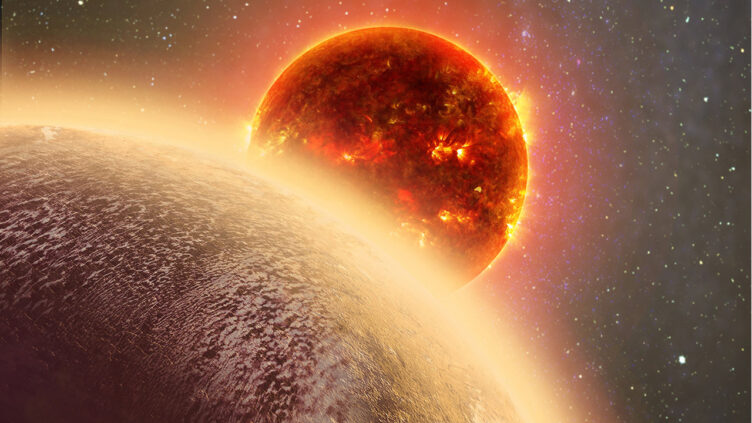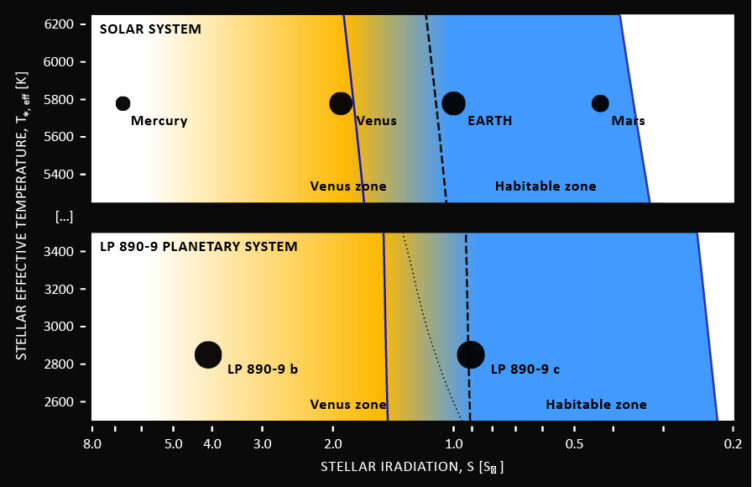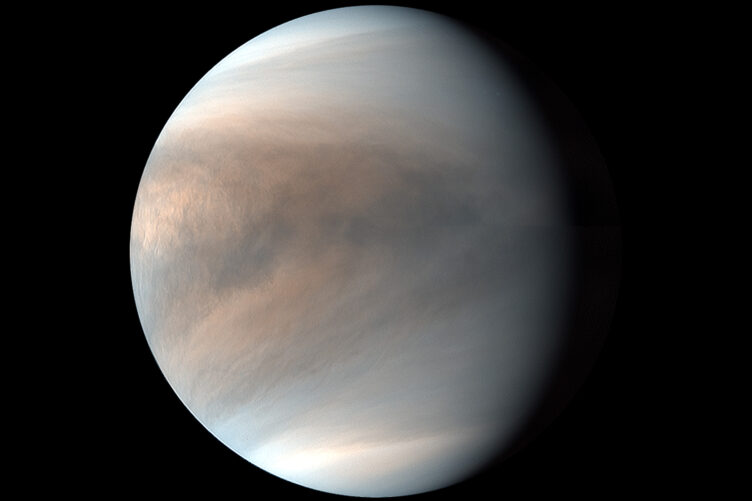Click on the images to download the larger version

Credits: NASA/JPL-Caltech/Ames

Credits: Dana Berry / Skyworks Digital / CfA

Credits: Diogo Quirino/Paulo Pereira

Credits: Diogo Quirino / ESO (estrela ao centro)

Credits: PLANET-C Project Team

Credits: NASA/Adriana Manrique Gutierrez

